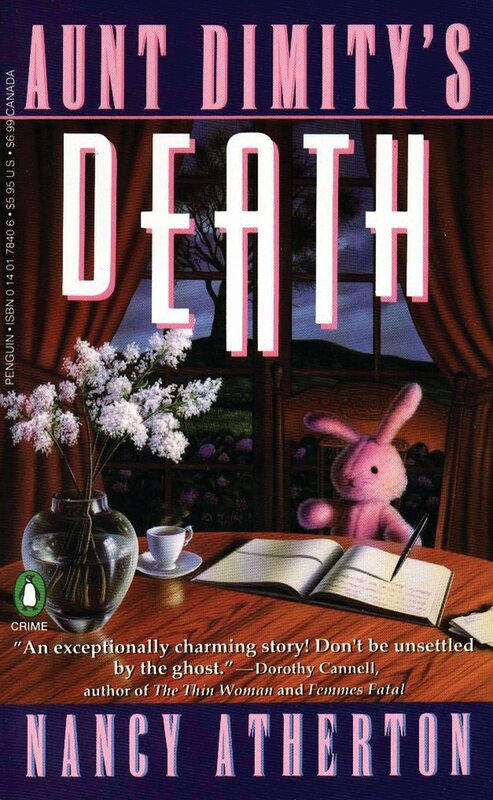|
Photo and article by Donna Iverson With the leaves off the trees, and fall flowers fading to brown, it’s the red berries on bushes and trees that catch my eye. The bright red berries of the Hawthorn in particular. A member of the rose family like crab apples, the Hawthorn is a native heritage small tree or bush. Unfortunately, Hawthorn (Crataegus coccinia) has fallen from favor with gardeners and landscapers. But it has a lot to recommend it. Partly it’s reputation has suffered because in the spring it produces a profusion of white flowers that are malodorous. In more common parlance, it stinks, said a neighbor gardener. And it’s two-inch thorns that cover many of its branches annoy many a homeowner. But it's the thorns that make it a great hedge plant. In fact, its alternate name is “haw” which translates as thorny hedge. Once planted by European nobility to keep the peasants out, it can now form a barrier to deter the white tail deer. At the same time, Hawthorne provides sanctuary and food supply for birds and wildlife in the winter. The blackbird is especially fond of the dark red berries. Wildlife it supports include squirrels, rabbits, and raccoons. Hawthorn will grow almost anywhere and is not particular about soil type. It can live for 400 years and grow to 30 feet in height. Several species are native to Michigan and can be found in the wild at the edge of forests, pastures, and old fields. In the fall, it’s alternate leaves turn a yellow burgundy. Not only are the red berries edible to birds and wildlife, Hawthorn has been used medicinally to control high blood pressure and cholesterol. Herbalists use it to treat boils and skin sores as well as a mild sedative. In the kitchen, Hawthorn berries are used to make jam and jellies and it’s leaves are brewed into a herbal tea. In Celtic lore, the Hawthorn is known as the fairy tree and it is bad luck to cut one down as it is under their protection.
0 Comments
Photo and article by Donna Iverson Sweet Annie (Artemisia annua) and broom corn wreath said the label. The smell was sweet and intoxicating. Fall is prime time for wreaths …wreaths of all kinds …pine cone, herbal, evergreen, and woodland. Wreaths with red bows. Wreaths with dried flowers. Wreaths made out of grapevines. Wreaths constructed from Willow branches. Ivy wreaths. Wreaths made out of sugar maple leaves. Homemade wreaths and store bought ones. Wreaths hanging in doors and in windows. Wreaths decorating parks and store fronts. Even wreaths made out of weeds, like Sweet Annie. A native of China, Sweet Annie has naturalized in the Midwest, including Michigan. It is free for the taking. Popular in dried flower crafts, it grows in poor soil, in sunny locations and is deer resistant. It has fern-like leaves and small chartreuse flowers. It is also known as Sweet Wormwood. Allergic reactions like sneezing and skin irritation are common so gardeners beware. But if you are not allergic, Sweet Annie makes a great natural air freshener. “Slow to germinate, late to bloom, and somewhat plain and gangly, Sweet Annie is the tomboy of everlasting gardens,” writes a Mother Earth gardener in a recent magazine article. The Chinese classify Sweet Annie as an herb, as it is used to treat malaria and is being studied as an antidote to Lyme disease. In 2015, a Chinese scientist, Tu Youyou won the Nobel Prize in medicine for discovering its antimalarial qualities. The prize citation states: "for her discoveries concerning a novel therapy against Malaria” which has improved the health of millions of people. If you wish to plant Sweet Annie in your garden, seeds are available from Johnny’s Seed company. Search YouTube for directions on “Making a Sweet Annie Wreath.” Reviewed by Lois Beekman, Circulation Supervisor at Fremont Area District Library Aunt Dimity is a ghost, but that doesn’t stop her from helping her best friend’s daughter solve murders, mysteries, and the intricacies of motherhood. You’ll love Lori, the orphaned “niece,” as she discovers her favorite bedtime heroine is real and is ready to speak up when she’s needed most. Along with her beloved stuffed rabbit, Reginald (and his many cousins) Lori will travel, fall in love, escape danger and have many other-worldly adventures, always with her Aunt Dimity leading her safely back home. There are at present 25 books in this series, and I’m delighted to discover them in large print. This is a cozy mystery series at its best! This series is available in many formats. Find a book at the library or place your holds here: https://bit.ly/3w46nHk |
Archives
July 2024
Categories |



 RSS Feed
RSS Feed